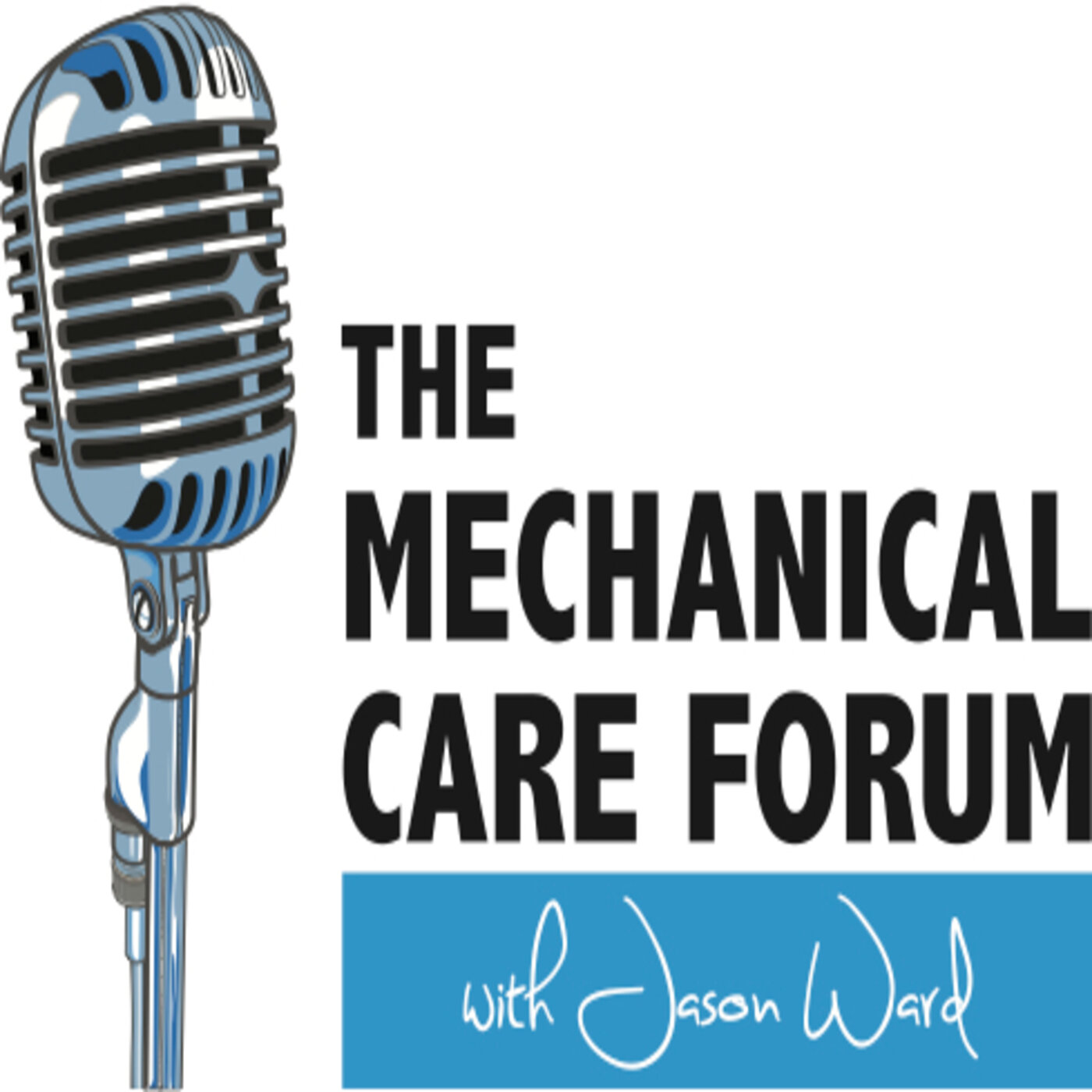Jill Cook
Australia | PT, PhD
In episode #134, I speak with Professor Jill Cook of La Trobe University in Melbourne Australia. She shares a bit of her journey and early failures in treating patients with tendinopathy, the development of her model and more. This week on MCF!
Jill Cook is a professor in musculoskeletal health in the La Trobe Sport and Exercise Medicine Research Centre at La Trobe University in Melbourne Australia. Jill’s research areas include sports medicine and tendon injury. After completing her PhD in 2000, she has investigated tendon pathology, treatment options and risk factors for tendon injury. She’s contributed in producing over 120 research studies just within the past 5 years. Jill currently supplements her research by conducting a specialist tendon practice and by lecturing and presenting workshops both in Australia and overseas.
SHOW NOTES
Background
Jill Cook resides in Melbourne, Australia. She is currently involved in Latin Dancing to stay fit. She is a physical therapist whose work with Karim Khan helped move towards a life of clinical research.
Continuum Model
Instead of a collagen tear or inflammatory condition, it was proposed that it was a cell response within the tendon which drove the tendon towards a degenerative tendinopathy. Jill reports that this model allows the clinician to change the way they treat based on expected responses.She speaks about the driving force behind her decision to explore different presentations, as well as some specifics regarding the model.
Common Presentations
Jill talks about some common reports in the history and the examination that subjectively and objectively provide information regarding the source of pain. She speaks about accurate diagnostics, and how to differentiate between joint and tendon pains.
Evolution of the Model
Jill talks about the current literature and how it impacts her thoughts on her own model. She also reflects on findings which support the model, and how her current thought processes are growing. She discusses the importance of recognizing that abnormal imaging is not diagnostic of tendons being the source of pain. She goes on to talk about the “recipe based approach” and how we must treat the person in front of us, even though two patients’ pathological diagnosis may be the same. She refers to education and its importance in treating these patients on both functional training and tendon overload principles.
Recovery of Function and Resolution of Pain
Jill talks about reducing acute pain by utilizing isometric loading. She educates us on tendon pathology, and how decreasing pain and restoration of function occur even though degenerative tendons do not “heal.”
We hope to deliver this content to the committed professional who wants to improve his/her care and we hope to do it in a way that is easily accessible, the world over, in today's technological age.
To contribute:
Give a 5-star review on iTunes;
Share EP #134 with a friend; and/or
Connect with us on the Spotify MCF Podcast and MCF Instagram page!
Thanks for your support!


